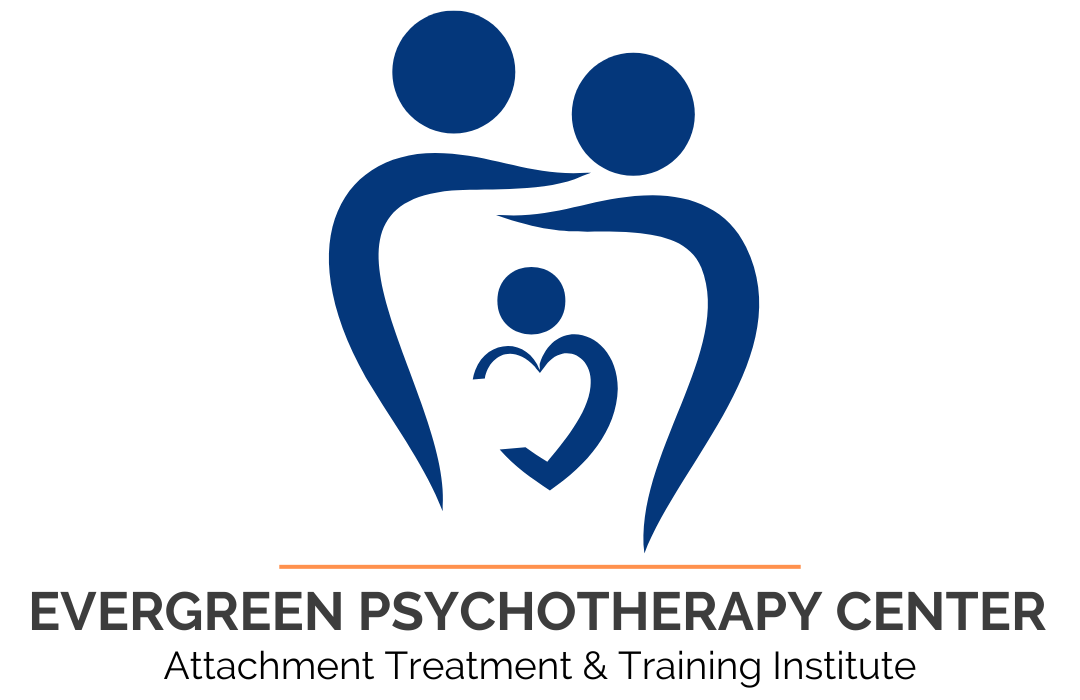The principal developmental task of the first year of life is the establishment of a secure attachment between an infant and their primary caregiver. For this bond of emotional communication to develop, the caregiver must be psychologically and biologically attuned to the needs, emotions, and mental state of the child. Beyond the basic function of secure attachment – providing safety and protection for the vulnerable young child through closeness to a caregiver – there are several other important functions for children:
7 Functions of Attachment
- To learn basic trust and reciprocity that serve as a template for all future emotional relationships.
- To explore the environment with feelings of safety and security (“secure base”), which leads to healthy cognitive and social development.
- To develop the ability to self-regulate, which results in effective management of impulses and emotions.
- To create a foundation for the formation of an identity that includes a sense of competency, self-worth and a balance between dependence and autonomy.
- To establish a prosocial moral framework that involves empathy, compassion, and conscience.
- To generate a core belief system that comprises cognitive appraisals of self, caregivers, others and life in general.
- To provide a defense against stress and trauma, which incorporates resourcefulness and resilience.
These seven functions are the reasons why nurturing a close attachment early in life is so critical. Close attachment can only be established in the context of a relationship that includes nurturing touch, eye contact, smile, positive affect, need fulfillment and attunement.



FYI to start with, I’m 72, I’ve spent a third of my life at different ages in therapy, six years in Jungian analysis in my 30’s that saved my life.
My question relates to the difference in two early childhood situations: in the first one, secure attachment is never formed with one or both parents – we hear most about this situation. Then a parent dies and the remaining parent is at best ambivalent about the child.
In the second, an attachment is formed with a very loving parent, then at age 5, the parent (say the father as in my case) the child is most attached to dies. In other words the process was happening in a positive way but then was interrupted by serious trauma.
My question would be whether there is a difference in approach for a therapist who works with a bond formed strongly with a parent who dies when a child is between the age of 4 and 8 – as opposed to a client the same age where the bond never formed because of narcissistic parents – as in my case, where a partial bond was formed with grandparents instead. Which is not the same, by anyone’s standard. Both experiences can generate true trauma depending on the stability of the remaining parent.
I’m thinking in particular of the work of Donald Kalsched on trauma in the pre-egoic stage of development. His work describes accurately what happened to me.
Thank you.
period.
Paula, I understand the two situations you describe. What matters most, however, is how the child perceived and experienced the loss of the connection with attachment figures. The therapeutic focus is on the “personal meaning and interpretation” the child had, the emotions experienced at that time, the survival coping strategies of the child; the way the child experienced the loss mind, body and spirit. Unresolved loss and grief is common; there are experiential ways to heal that trauma.
The contemporary interpretations of Attachment theories are very interesting, and I note your reply to Paula’s comment concerning ‘the child’s personal meaning and interpretation’. I have no beef with the secure and the insecure premise, but the subtext concerning insecurity such as Anxious/Avoidant/Disorganised tends to differ depending on which ‘expert’ or psychology webpage I visit. Some criteria I can identify with, others not so much, and so I am struggling to see the expedient of any ‘authority’ in these subtexts and the danger of labelling. In my view, the criteria should be broad, indeed, comprehensive if possible to allow for the many variants that are not so clear cut in their identity or subtexts. I guess, at the end of the day, we each simply interpret what we feel is best for us. I suggest that the ‘expert’ and indeed the criteria is not so reliable as a standard model.